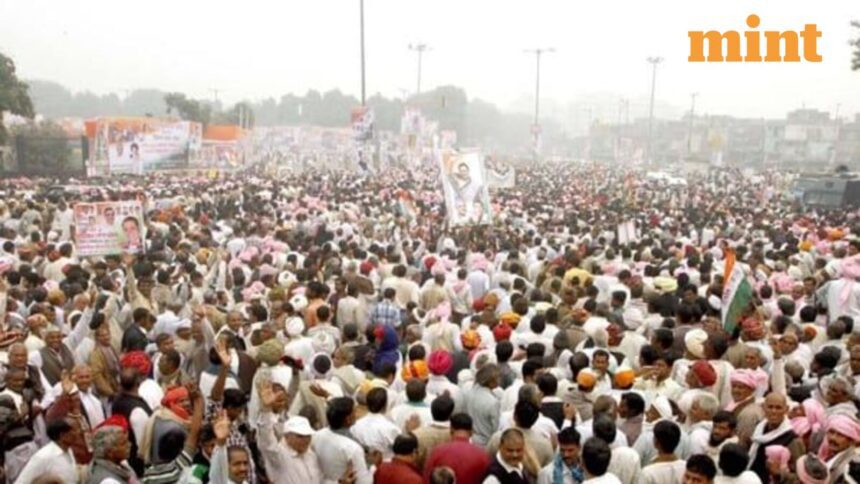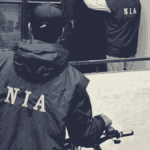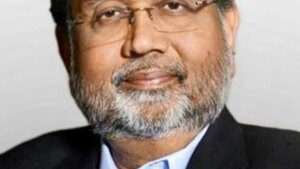As many as 200 Hamas fighters remain holed up in an Israeli-controlled area of the Gaza Strip, defying calls for surrender and casting doubt on the viability of President Donald Trump’s peace plan.
The ceasefire, which has been in place for nearly a month, has faced setbacks due to Israeli airstrikes retaliating against ambushes near the southern Gaza town of Rafah, which Israel attributes to Hamas. Initially, Hamas denied that any of its troops were present behind a “yellow line” established by the Israeli army as part of the ceasefire agreement, while President Trump suggested that “rogue elements” within Hamas could be responsible.
In a shift of stance, Hamas declared on Sunday that Israel bears “full responsibility for the confrontation” with its fighters in Rafah, asserting they are defending themselves within an area under Israeli control. The group called on mediating countries to help “find a solution to ensure the continuation of the ceasefire and prevent the enemy from using flimsy excuses to violate it.”
The Israeli army asserted that dozens of gunmen still remain in the Rafah area, where a network of Hamas tunnels reportedly exists. Estimates indicate that several hundred fighters are hiding behind the yellow line, while Hamas and allied Palestinian factions collectively have around 15,000 armed members.
As part of the initial phase of Trump’s peace deal, Hamas was expected to release the last hostages it holds in Gaza within 72 hours, while Israel pledged to increase humanitarian aid. Neither of these requirements has been met; Hamas still retains the remains of five hostages and indicated it would return one body on Sunday.
The second phase of the plan raises significant concerns, as it calls for Hamas to disarm and transfer power to an interim administration supervised by foreign technocrats. Hamas has categorically rejected this requirement, prompting Israeli threats to renew military offensives, which have caused significant casualties in the region.
The presence of armed Palestinian fighters poses challenges to the envisioned international peacekeeping force for Gaza. Steve Witkoff, Trump’s Middle East envoy, suggested that the situation with the trapped fighters in Rafah could serve as a microcosm for the broader peace initiative, expressing hope that those fighters could lay down their arms.
Witkoff stated, “We may see the model for what we’re trying to do here… with these 200 fighters,” during a conference in Florida last week. He and Jared Kushner, Trump’s son-in-law, are expected to visit Israel on Monday, according to local media reports.
However, the responses from both sides appear unchanged. Hamas asserted, “the concept of surrender and handing oneself over does not exist in the dictionary of the Al-Qassam Brigades,” referring to its military wing. Israeli Energy Minister Eli Cohen, a member of Prime Minister Benjamin Netanyahu’s security cabinet, stated on Kan radio that the Rafah gunmen “should either be eliminated or come out wearing only underpants and carrying a white flag.”
The U.S. plan does propose emigration options for members of a demilitarized Hamas, raising speculation about allowing gunmen safe passage to Hamas-controlled areas in exchange for expedited transfers of hostage remains. Notably, the body expected to be returned on Sunday belonged to a soldier killed in Gaza in 2014 and is reportedly located in Rafah.
This report was supplemented by contributions from Fadwa Hodali.










